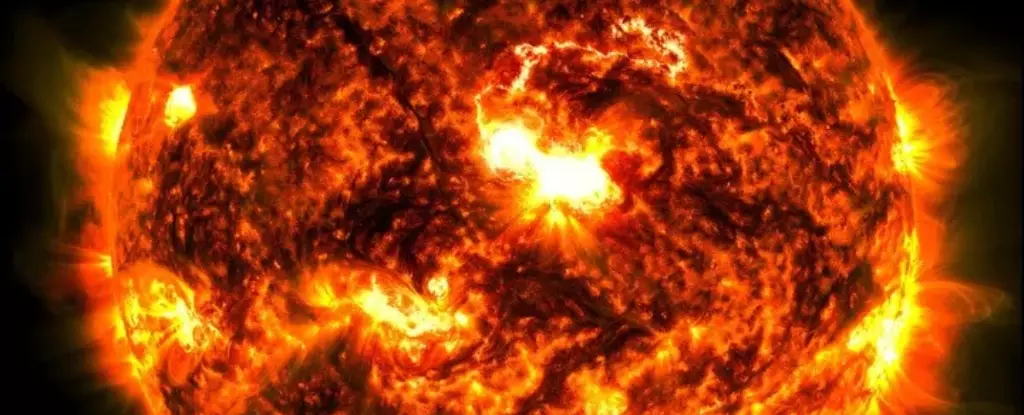The Sun, a colossal ball of hot plasma, continuously influences the Earth through its emissions and bursts of activity. One of the most significant phenomena associated with this activity is the coronal mass ejection (CME), where enormous clouds of charged particles and magnetic fields are released into space. This week, the anticipation is high as a substantial CME is projected to reach Earth, presenting both an opportunity for breathtaking natural displays and potential disruptions to technological systems. As the Sun nears the apex of its approximately 11-year solar cycle, also known as solar maximum, the frequency and intensity of such events are expected to increase, making this a pertinent topic of discussion for scientists and the general public alike.
Forecasters have indicated that this CME, traveling at an astounding speed of 2.5 million miles per hour, is likely to impact Earth within the timeframe of Thursday morning to midday Eastern Time. There is considerable excitement about the possible effects, particularly regarding the visibility of auroras that could extend down to regions as far south as Alabama. These electric displays, typically reserved for polar regions, could stun observers with their iridescent colors if conditions are ideal. However, beyond the aesthetic pleasure, this event could also trigger significant geomagnetic storms.
To assess the storm’s potential severity, the Space Weather Prediction Center has issued a geomagnetic storm watch, indicating a level 4 (G4) alert, just one notch below the extreme level 5 (G5). It is important to note that predictions remain uncertain until the CME approaches and can be analyzed more accurately roughly 15 to 30 minutes before its impact—an indication of the complexities and nuances involved in space weather forecasting.
As this event draws closer, concerned authorities have activated protocols to prepare for possible disruptions. The Federal Emergency Management Agency (FEMA) has been apprised, particularly concerning current demands posed by recent hurricanes. This proactive communication extends to major companies managing North America’s power grids, enabling them to implement necessary mitigation strategies should the CME result in significant impacts.
Historically, CMEs have demonstrated their potential to disrupt not only the power supply but also essential communication systems. For instance, the so-called “Halloween Storms” of 2003 led to significant power outages in Sweden and compromised power infrastructure elsewhere, evidence of the severe effects of solar activity on human technology. In recent incidents, such as the geomagnetic storms observed in May, issues arose with precision GPS systems essential for agriculture, along with the possible reconfiguration of satellites in orbit, underscoring the far-reaching implications of these solar events.
For enthusiasts and curious observers, the upcoming CME offers a thrilling opportunity to witness auroras. These vibrant light displays typically appear in areas closer to the poles, but during significant solar events, they can manifest at lower latitudes, enticing those who may have never seen one. To maximize viewing experiences, experts advise finding the darkest environments away from urban lighting, providing the best conditions for such natural phenomena. Today’s digital cameras are competent at capturing these luminous displays, even if the auroras are faint and not easily detectable to the naked eye.
While solar activity presents beautiful, awe-inspiring views, it also serves as a reminder of our planet’s interconnectedness with larger cosmic events. As humanity navigates these interactions, understanding and preparing for the repercussions of solar phenomena is crucial for ensuring both safety and optimal enjoyment of nature’s wonders. Parents can teach their children about the science behind solar activity, fostering curiosity and appreciation for the natural world. Thus, while the cosmos may hold mysteries beyond our control, proactive measures certainly help to safeguard our increasingly technology-dependent society.


Leave a Reply